Habanero Pepper Spice Level: 5 Unexpected Pairings That’ll Blow Your Mind (Literally)
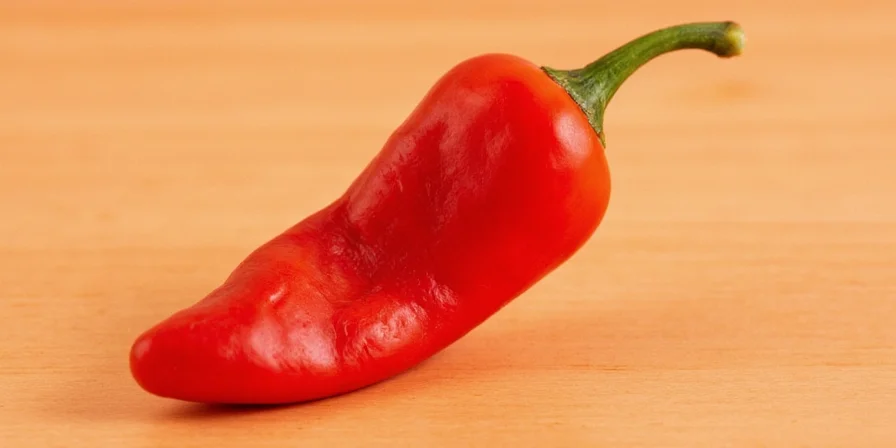
Table of Contents
- Introduction to the Habanero Heat Scale
- Top 5 Unconventional Habanero Spice Pairings
- Pro Tips for Taming This Tropical Inferno
- Safety First: How Not to Set Your Face on Fire
- The Science Behind the Burn
- Summary & Takeaway
Introduction to the Habanero Heat Scale
Let’s cut to the chase — if you're reading this, you're either brave, curious, or both. The habanero pepper isn’t just spicy; it’s like a tropical vacation gone horribly wrong. Clocking in between 100,000 and 350,000 Scoville Heat Units (SHU), this bad boy can take your taste buds from “mildly intrigued” to “I think I need a fire extinguisher” in seconds.

Top 5 Unconventional Habanero Spice Pairings
We’ve all heard about pairing habaneros with mango, pineapple, or maybe even chocolate (yes, that’s a thing). But let’s get wilder. Here are five bold, innovative combinations that might just redefine how you use this blazing fruit:
| Spice Pairing | Flavor Profile | Best Use Case |
|---|---|---|
| Habanero + Honey + Lime | Fiery sweetness with a citrus kick | Perfect for marinades or drizzling over grilled chicken |
| Habanero + Peanut Butter + Soy Sauce | Umami meets heat with a creamy twist | Excellent as a dipping sauce or stir-fry glaze |
| Habanero + Pineapple + Coconut Milk | Tropical explosion with a cooling base | Ideal for curries, soups, or vegan chili |
| Habanero + Dark Chocolate + Orange Zest | Bitter-sweet warmth with a hint of citrus | Use in desserts like truffles or spiced brownies |
| Habanero + Maple Syrup + Bacon | Savory-sweet heat bomb | Great for breakfast bites or BBQ glaze |
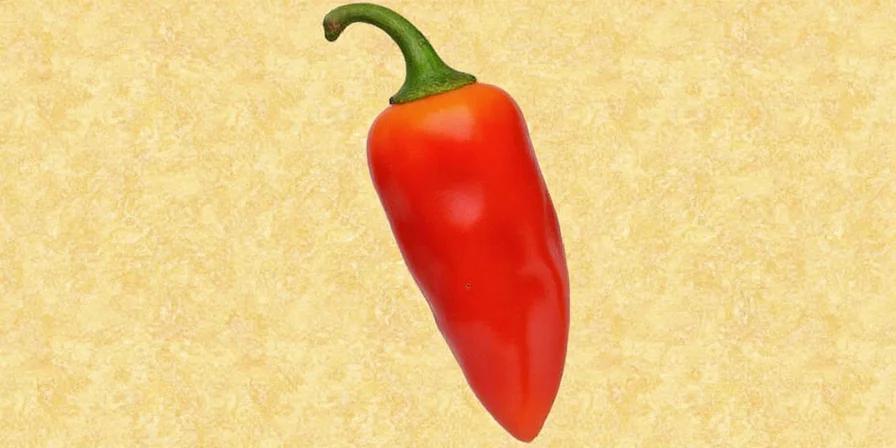
Pro Tips for Taming This Tropical Inferno
- Add Acid: A splash of lime juice can balance out the heat without muting flavor.
- Cool It Down: Dairy like yogurt or coconut milk helps neutralize capsaicin (your best friend after a habanero mishap).
- Dilute the Heat: If things get too spicy, add more of the non-spicy ingredients in your dish to mellow it out.
- Toast It First: Dry-roasting habaneros before grinding adds depth and reduces raw bite.
- Balance with Sugar: Don’t be afraid to use honey, maple syrup, or agave — they work wonders against searing heat.
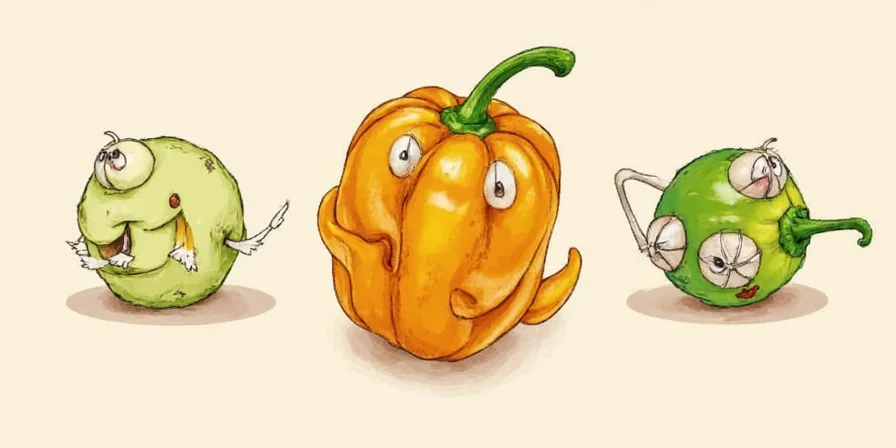
Safety First: How Not to Set Your Face on Fire
Listen up, daredevil chefs. Handling habaneros without gloves is asking for trouble. Capsaicin is oil-based, which means water won’t help once the burn starts. Follow these simple safety tips:
- Wear gloves when chopping or seeding peppers.
- Avoid touching your face at all costs — especially eyes, nose, and mouth.
- If burned, use milk, yogurt, or rubbing alcohol to remove capsaicin residue.
- Never cook habaneros in an open kitchen unless you want everyone coughing dramatically.
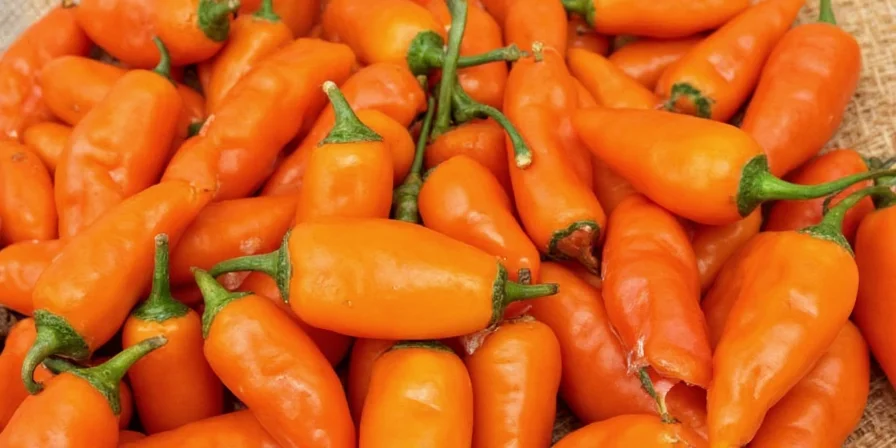
The Science Behind the Burn
You know the feeling — tongue on fire, nose running, eyes watering. Welcome to the world of capsaicin, the compound responsible for that glorious pain. Found mainly in the white inner ribs and seeds of the pepper, capsaicin binds to receptors in your mouth that detect heat, tricking your brain into thinking you’re being burned alive (fun times!).
The good news? Over time, repeated exposure can actually desensitize your taste buds — turning fiery fear into flavorful freedom.
Summary & Takeaway
In the world of Innovative Spice Pairings, the habanero is the wildcard that demands respect and rewards creativity. Whether you're grilling, baking, or making sauces, don’t be afraid to mix heat with sweet, umami, or even bitter notes. Just remember:
- Know your habanero pepper spice level — around 100K–350K SHU.
- Balance heat with acid, sugar, or dairy.
- Experiment outside the box — try PB&Haba, anyone?
- Always practice safe handling — no one wants to cry for the wrong reasons.
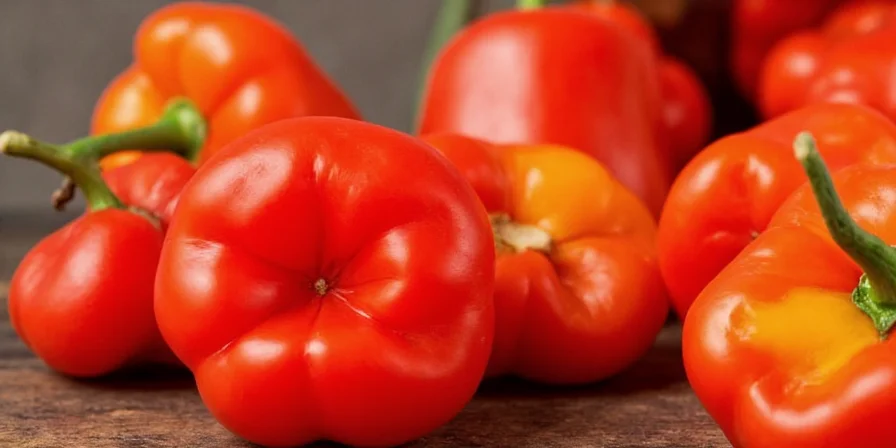

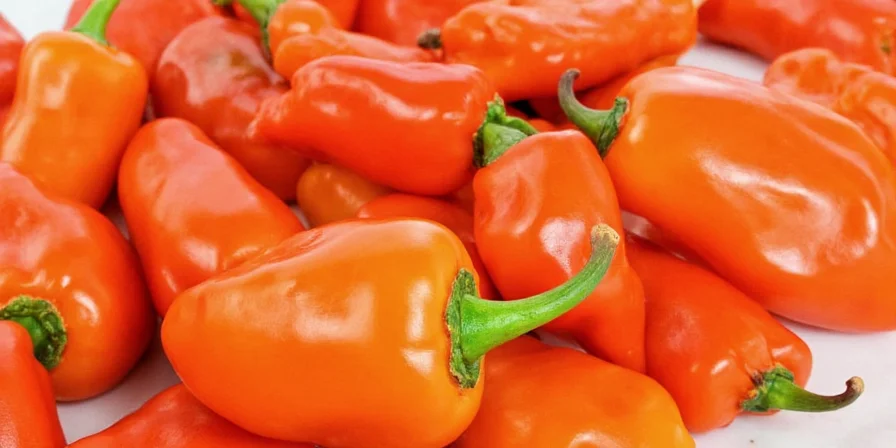









 浙公网安备
33010002000092号
浙公网安备
33010002000092号 浙B2-20120091-4
浙B2-20120091-4